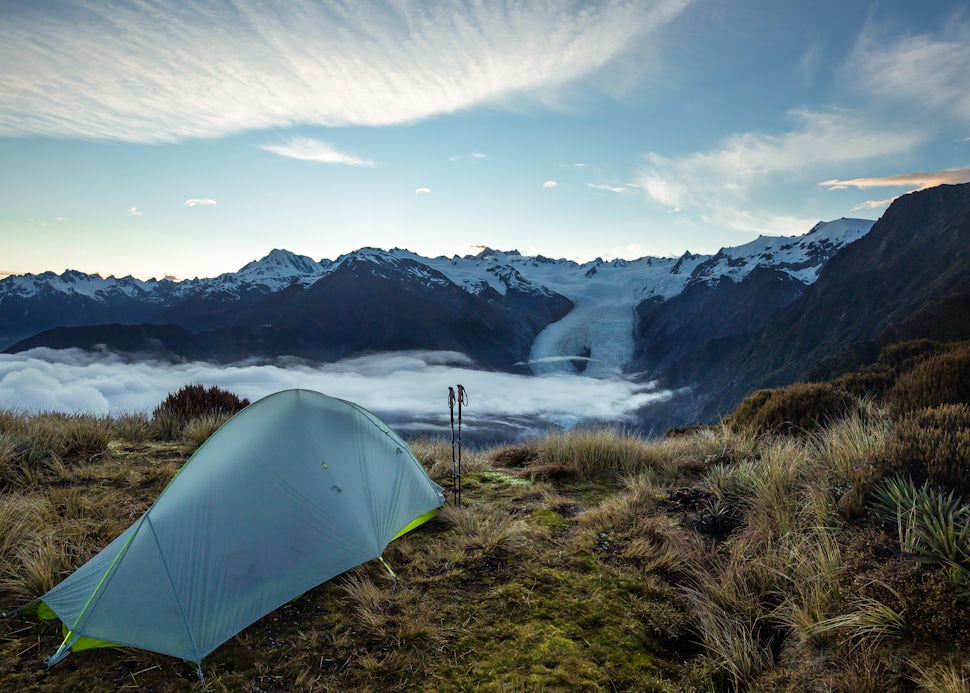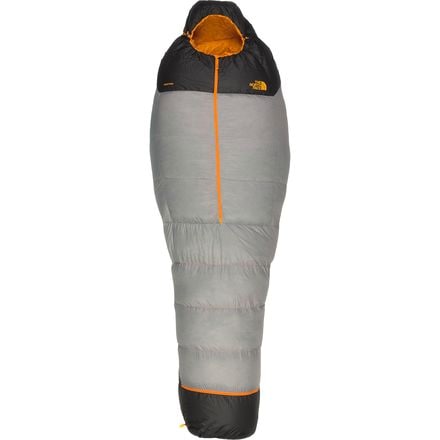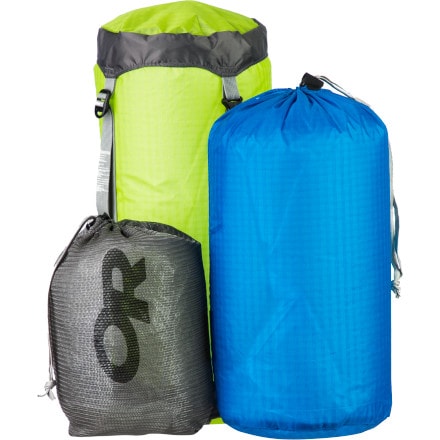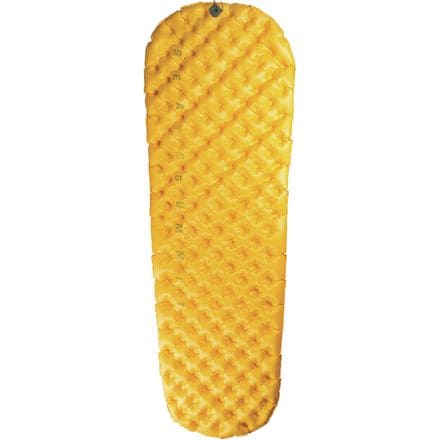Fabric, Fabric, Fabric: Demystifying 5 Common Ultralight Materials
You don't need to be an expert to understand your gear.

Whether you’re new to ultralight backpacking or you read my Intro to Ultralight article, you’ve probably been bombarded with far too many name brand fabrics all claiming to be the latest, greatest, lightest…the list goes on. To help you get past all the marketing and purchase the best gear for your trips, I’ve compiled a list of some common fabric types along with a basic explanation of their properties and ideal uses.
Before diving into individual fabrics, it’s good to be familiar with a couple overarching definitions. Most ultralight fabric weights will be quoted with an “ounces per square yard (oz/sq yd)” number. For reference, the lightest fabrics currently in production are on the order of 0.3 oz/sq yd with the heavier duty ones at 4.0+ oz/sq yd. For most purchases, this number is a good metric for determining where your gear falls on the all-important weight vs. durability spectrum.
Another common property listed is the denier of the fabric which refers to the thickness of the individual fibers used in the weave with higher denier numbers corresponding to thicker fibers. Lower denier fabrics such as 10D will generally be lighter, softer, and more comfortable next to your skin, but with lower durability than higher denier fabrics.

1. Silnylon
Weight: generally 1.5 oz/sq yd
Perhaps the most widely used ultralight fabric, silnylon is also one of the least expensive so it’s an excellent choice for backpackers on a budget. This fabric is simply a standard nylon impregnated with silicon to make it waterproof. Another perk of silnylon is that it uses a ripstop weave which means any tears in your gear will not expand or fray afterwards. In addition to being found in many ultralight backpacks, 30D silnylon is an excellent alternative to the heavier polyurethane (PU) coated fabrics traditionally used in tent rain flies and floors.
2. Gore Tex, eVent, and Momentum
Weight: vary by name brand
These three waterproof-breathable (WPB) fabrics come into play with items like rain jackets, gaiters, and bivies where you need to stay dry while also letting the moisture from your body escape to avoid condensation issues. Technically, Momentum is only water resistant but I’ve still included it here since it serves a similar purpose.
3. Dyneema X
Weight: generally 2.0-5.0 oz/sq yd
This is just one variation of the many brand names manufacturers use to refer to super high denier nylon fabrics (i.e. 140-210D). While most generic ripstop fabrics have reinforcement fibers running at 0° and 90°, many of these higher denier nylon fabrics will have additional reinforcements at +45° and –45°. Most often you’ll be looking for this fabric on pieces of gear like backpacks that need to withstand a lot of abrasion from rocks and sticks.

4. Tyvek
Weight: 1.85 oz/sq yd
There are two main types of Tyvek in the ultralight marketplace. One is a lighter-weight, softer, and water resistant fabric that is used for DIY rain gear and some tent models. The other Tyvek is the exact same stuff used on construction sites – a highly durable, waterproof, and slightly crinkly fabric. The construction style Tyvek is inexpensive and readily available, has nearly unmatched puncture and abrasion resistance, and can be custom cut at home to any size you need. For these reasons, you’ll often find it used as a groundsheet for tents.
5. Cuben Fiber
Weight: generally 0.3-2.9 oz/sq yd
If weight is your highest priority, then cuben is king. No other fabric can deliver waterproof protection at such low weights. Just be prepared to pay a little extra for it...well a lot extra, actually. Cuben comes in different weights or grades, hence the range of oz/sq yd numbers, but most of them cost around $30/yd for a 54” roll width. The other drawback with cuben besides price is durability. Lighter-weight cuben grades, such as 0.75 oz/sq yd and less, are prone to puncture holes. However, if you’re willing to pay high prices and take good care of your gear, cuben can be a great way to shave weight off your pack. Nowadays, manufactures offer all sorts of gear in cuben including tents, tarps, backpacks, stuff sacks, rain shells, and more.
Cover photo: Josiah Roe
Get the gear you need for your backpacking adventures:

The North Face Superlight Sleeping Bag: 35 Degree Down

Outdoor Research Ultralight Down Backpackers Kit

Sea To Summit Ultralight Sleeping Pad
We want to acknowledge and thank the past, present, and future generations of all Native Nations and Indigenous Peoples whose ancestral lands we travel, explore, and play on. Always practice Leave No Trace ethics on your adventures and follow local regulations. Please explore responsibly!
Do you love the outdoors?
Yep, us too. That's why we send you the best local adventures, stories, and expert advice, right to your inbox.








